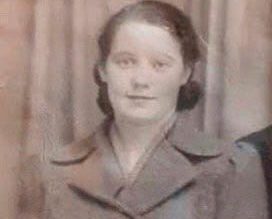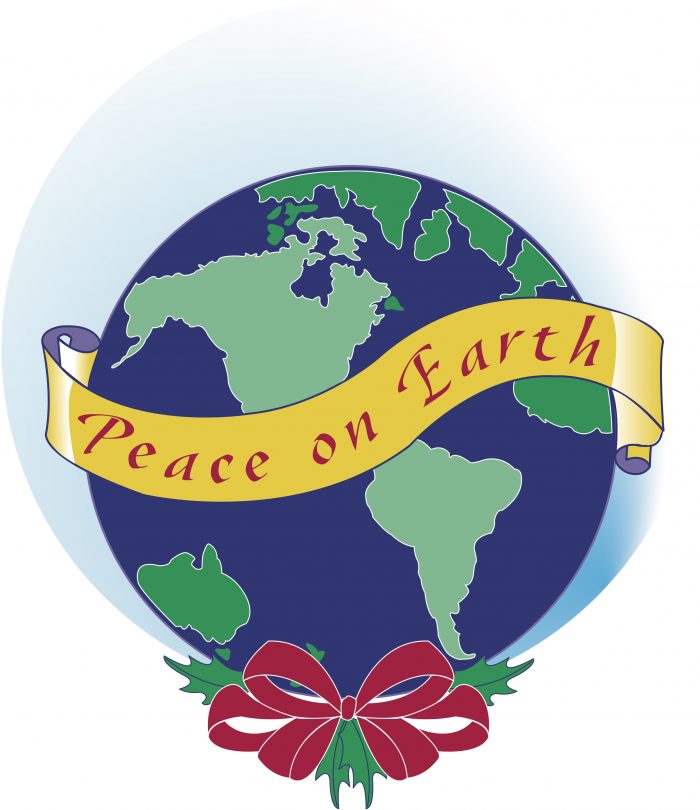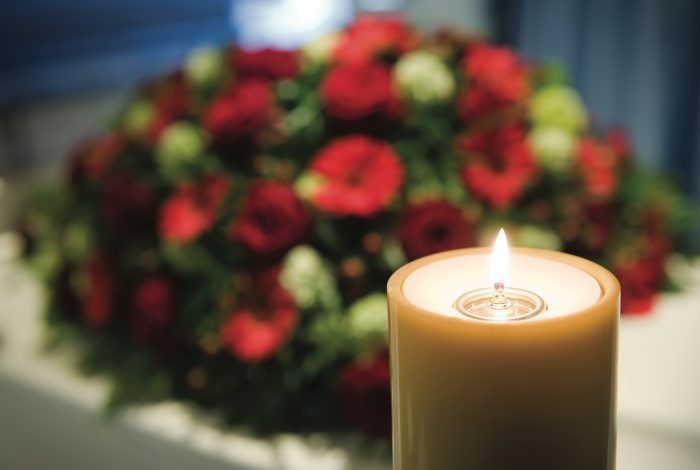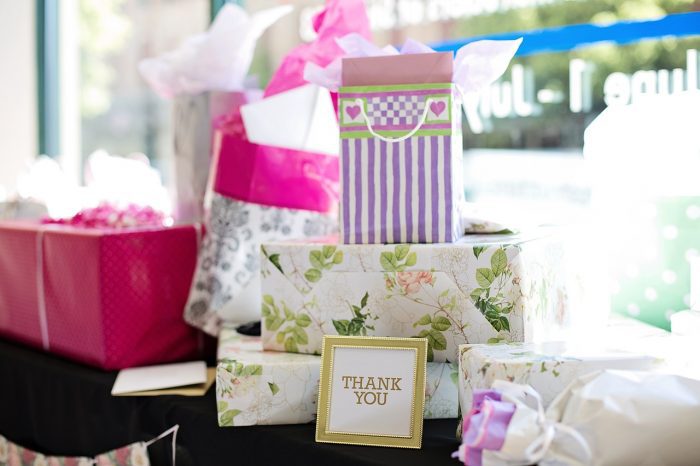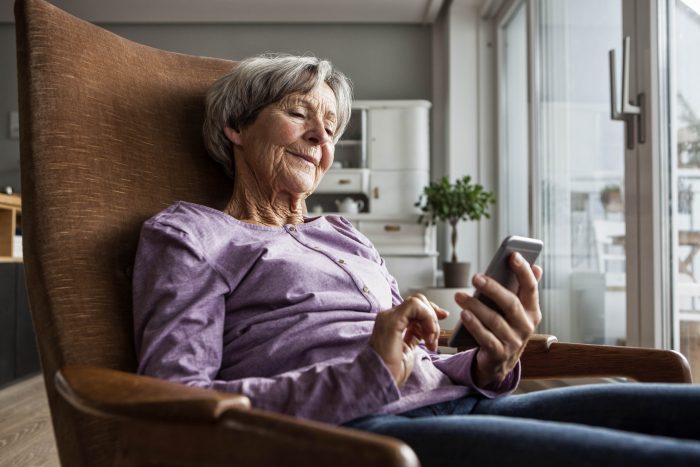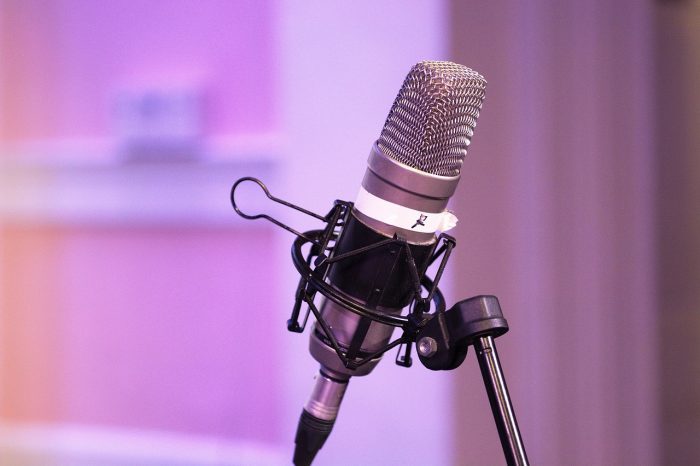By Leah S. Dunaief

A lot of information about the weather has filled the airwaves in the last couple of weeks. We’ve been warned about huge rainfalls, flooding, perhaps some snow, even possible tornadoes have made the news.
One weather warning, in 1944, may have changed the course of history. And it all had to do with an ordinary Irish woman named Maureen Flavin Sweeney.
Ms. Flavin was a postal clerk, and on what happened to be her 21st birthday, June 3rd, reported for work on the midnight to 4:00 am shift, not to sort the mail but to record and transmit weather data. The location of the post office on a remote stretch of the northwest coast that jutted into the Atlantic, was ideal for monitoring the incoming weather and transmitting it along, although she didn’t know where her reports went.
Actually, they were part of the Allied war effort.
Eisenhower, who planned for two years, then led the assault on Normandy beach, originally wanted to launch 160,000 troops, some 12,000 aircraft and 7000 sea vessels on June 5. It was a time of low tides & full moon, which would aid access to the 50-mile stretch of beach. The invasion, to be successful, required clear skies for the planes and calm seas for the landing troops. At that time of relatively primitive prediction, the Allies would have only a few days warning about the conditions.
Ms. Flavin and the others at the postal station now had to send in reports every hour rather than the previously arranged every six hours. They barely had finished one when they had to start the next.
When she looked at her barometer, she saw a rapid drop in pressure, indicating the strong possibility of approaching rain or stormy weather.
She forwarded that on to Dublin, as usual, and then it went to England’s meteorological headquarters in Dunstable. She then received a series of calls from a woman with a British accent who urged, “Please check. Please repeat!”
Ms. Flavin asked the postmistress’s son and the lighthouse keeper, Ted Sweeney, if her data were correct. They checked and rechecked. As a result of Ms. Flavin’s readings about the bad weather on the 5th and a patch of clearing on the 6th, which would make it just good enough, Eisenhower and the other leaders postponed the invasion to the next day.
As a result of Ms. Flavin, soon after the war to become Mrs Sweeney, history records “D-Day: The 6th of June.”
Mrs. Sweeney died at 100 on December 17, in a nursing home. She only became somewhat aware of her roll in 1956, when officials moved the postal station to a neighboring town. Wider information emerged on the 50th anniversary of D-Day.
Mrs. Sweeney’s extensive obituary was printed in The New York Times on Friday, January 5 of this year, written by Alex Traub, and is the source of this footnote on history.

